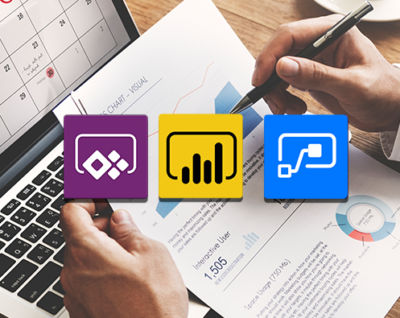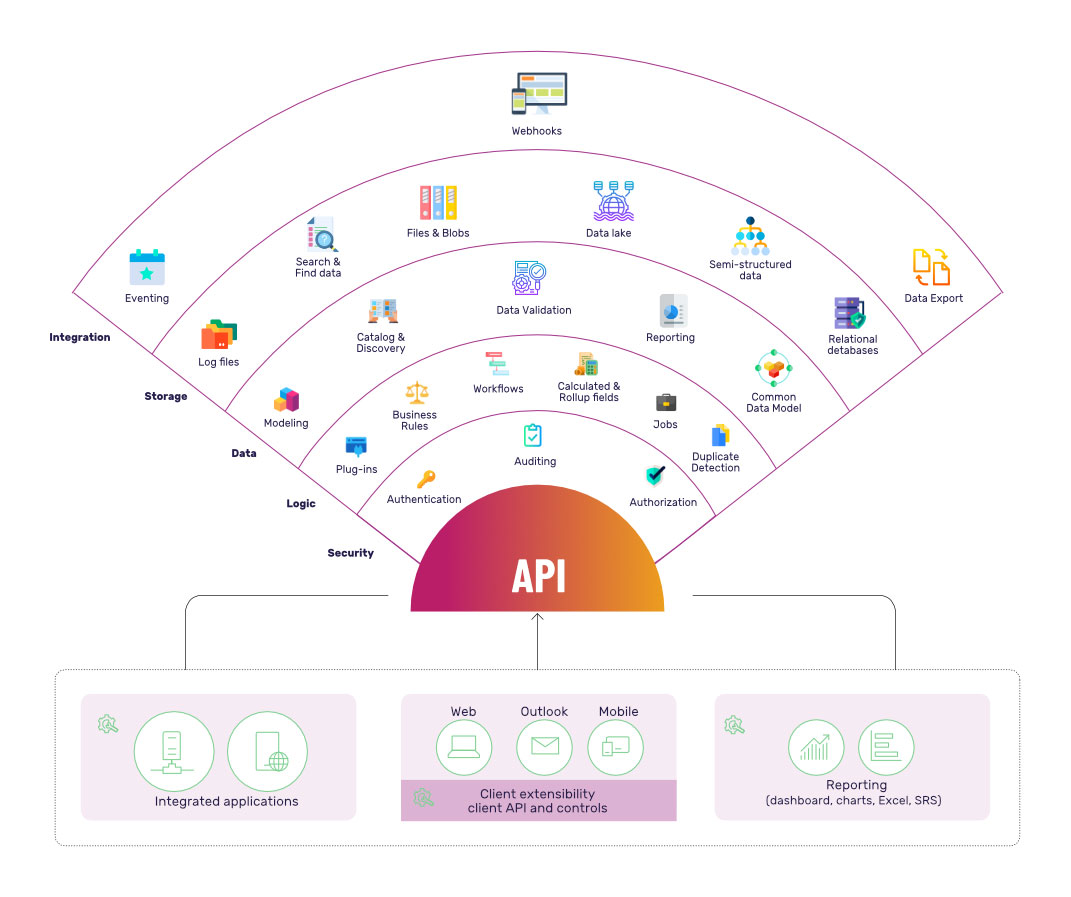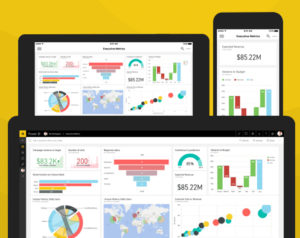Microsoft Power Automate plays a pivotal role in streamlining workflows and automating repetitive tasks within organizations, leading to increased efficiency, reduced manual effort, and enhanced productivity. Here’s how Power Automate fulfills this role:
- Workflow Automation: Power Automate allows users to design and automate workflows by connecting various applications and services. This enables seamless data flow and coordinated actions across different tools and systems.
- No-Code/Low-Code Approach: With its user-friendly visual interface, Power Automate caters to users with varying technical backgrounds. This low-code/no-code approach empowers business users to automate processes without extensive coding knowledge.
- Task Automation: Repetitive and time-consuming tasks, such as data entry, file copying, notifications, and approvals, can be automated using triggers and actions in Power Automate. This frees employees to focus on more strategic and value-added activities.
- Integration: Microsoft Power Automate seamlessly integrates with a wide range of Microsoft and third-party applications, including Office 365, SharePoint, Dynamics 365, and more. This ensures data consistency and eliminates the need for manual data transfers.
- Scheduled Workflows: Users can set up scheduled workflows to execute tasks at specific times or intervals. This ensures that routine processes are carried out consistently and on time. Make the most of Microsoft Power Platform to streamline workflows.
- Real-Time Data Processing: Power Automate can process data in real-time, responding to events and triggers instantly. This enables timely actions and reduces delays in critical processes.
- Conditional Logic: Users can define conditions and logic within workflows, allowing for dynamic decision-making based on data variables and parameters, leveraging Microsoft Power Platform.
- Notification and Alerts: Power Automate can send notifications, alerts, and reminders based on predefined conditions. This ensures that stakeholders are informed promptly about important events or exceptions.
- Approvals and Workflows: Microsoft Power Automate facilitates approval workflows, where documents or requests are automatically routed to the appropriate individuals for review and authorization. This ensures compliance and accelerates decision-making.
- Audit and Tracking: Power Automate offers visibility into workflow execution history, providing insights into task completion, bottlenecks, and process efficiency. This data helps in identifying areas for improvement.













